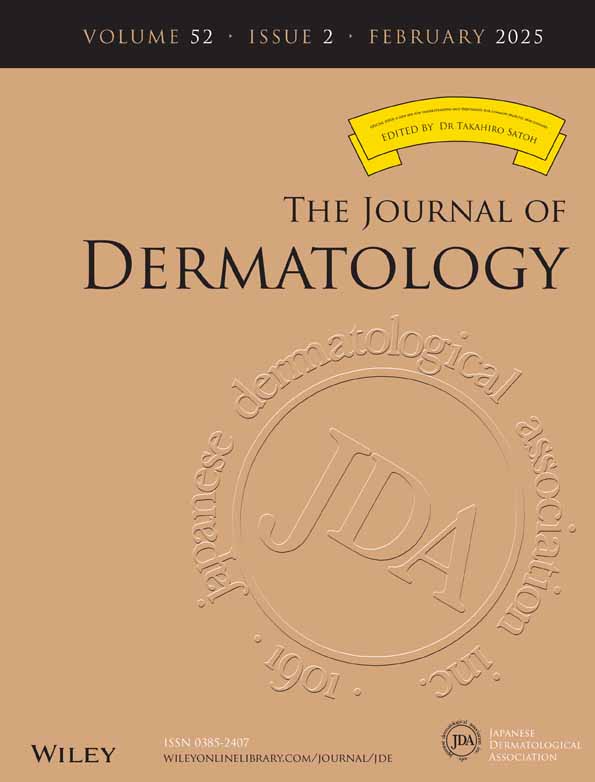The continuous increase in the number of newly medically attended cases of herpes zoster did not accelerate during the coronavirus disease 2019 pandemic in Kanagawa, Japan
Abstract
Possible changes in the epidemiology of herpes zoster (HZ) since the emergence of the coronavirus disease 2019 (COVID-19) pandemic is an unfolding topic. The number of newly medically attended cases (NMAC) of HZ during the pandemic in Kanagawa Prefecture, Japan, was quantitatively investigated using a claims database. The study period was from April 2017 to March 2022. The number of NMAC of HZ showed a continuously increasing trend throughout the study period, which could be attributed to population aging. Autoregressive integrated moving average modeling and forecasting revealed that the increase in the actual number of NMAC of HZ since the start of the pandemic was generally similar to that predicted based on a model fitted using data from the pre-pandemic period, but at a slightly reduced pace. This slowdown suggests that refraining from medical visits during the pandemic affected HZ surveillance.
CONFLICT OF INTEREST STATEMENT
Yu Sakamoto is an employee of MSD K.K., Tokyo, Japan, a subsidiary of Merck & Co., Inc., Rahway, New Jersey, USA, and he may hold stock and/or stock options for Merck & Co., Inc.




